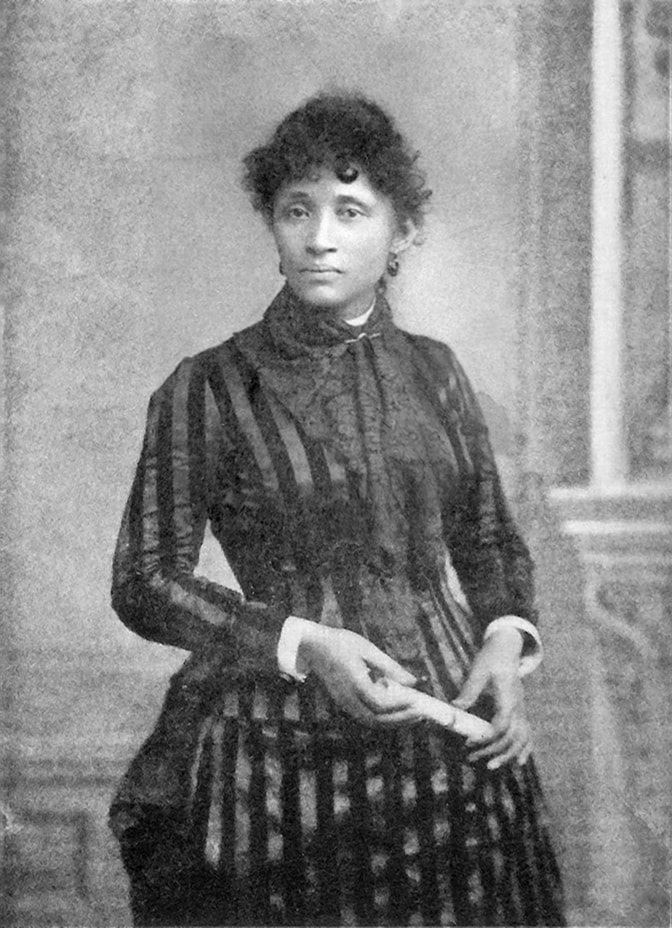|
For this week’s Peace of History:
On June 27, 1905, 200 delegates gathered together in Chicago and founded a new kind of union: the Industrial Workers of the World (IWW). Unlike the other unions like the American Federation of Labor (AFL) -- which exclusively focused on protecting the interests of White male workers in “skilled” trades -- the IWW wanted to build “one big union” to represent all workers in all industries: women, Black workers, non-White immigrant workers, as well as white workers in “unskilled” trades. They called this idea “industrial unionism,” as opposed to the more common “craft unionism.” Indeed, although there is no direct mention of racial justice in the founding meeting minutes nor the founding manifesto, the IWW’s commitment to their slogan “an injury to one is an injury to all” led Mary White Ovington, one of the founders of the NAACP, to write in 1913: “There are two organizations in this country that have shown they do care about full rights for the Negro. The first is the National Association for the Advancement of Colored People… The second is the Industrial Workers of the World… The IWW has stood with the Negro.” Many Americans have the view that trade unionism and left politics generally are almost exclusively white male spaces, historically as well as now. The IWW, or “Wobblies” as they came to be known, is one of many counterexamples to this narrative. Present at that founding meeting were several luminaries of the American Left at the time, reflecting a diverse mix of socialist and anarchist schools of thought: Mother Jones (legendary Irish-born labor organizer), Lucy Parsons (labor organizer, woman of color, and widow of Haymarket martyr Albert Parsons), Daniel De Leon (leader of the Socialist Labor Party), Eugene V. Debs (leader of the American Socialist Party and for whom one of the Voluntown Peace Trust library is named), and more. Their foundational tactics became direct actions like strikes and sabotage, and their demonstrable passion for all working people continued to attract a diverse crowd -- the ranks of card-carrying Wobblies would later come to include the likes of Elizabeth Gurley Flynn, Hellen Keller, and Noam Chomsky. In 1910, the IWW began to distribute leaflets and pamphlets specifically addressing issues of the Black worker and offering industrial unionism as the solution: “The Negro has no chance in the old-line trade unions… They do not want him. They admit him only under compulsion and treat him with contempt. There is only one labor organization in the United States that admits the colored worker on a footing of absolute equality with the white -- the Industrial Workers of the World.” As part of this shift, all IWW journals across the country began publishing educational pieces about racial equality -- including in the South. Some were directed at the Black worker directly, while others reminded White workers that the color line had always been used to divide the workers against themselves. As long as the color line existed, these journals argued, employers could continue to exploit the working class forever. This logic is compelling today and it was in the past as well. Indeed, one particularly passionate proponent of this theory was the editor of The Voice of the People (the Southern organ of the IWW) Covington Hall -- who, according to historian Philip S. Foner, was “an Adjutant General of the United Sons of Confederate Veterans, who became a radical, a Socialist, an active organizer for the I.W.W., especially among Negroes in the South.” Although all trade unions are organized by the common understanding that workers are vulnerable to exploitation, all the other trade unions at the time had some arbitrary conditions to membership: gender, race, type of labor. One of the foundational concepts of industrial unionism is that all of these arbitrary conditions could be used to exploit workers in the exact way that the color line did. The IWW came to adopt racial equality as a goal not out of generosity or pity, but because the practical logic of ending worker exploitation demanded it. And with the IWW facilitating more opportunities for interaction and cooperation between workers of different backgrounds, a feedback loop of antiracist education emerged. As the IWW continued to grow, mature, and become a major force in the conflict between Capital and Labor, they became known for their legendary ability to unite workers of diverse backgrounds, national origins, even different languages (see our post from 5/14/2020 about the Bread and Roses Strike). The IWW proved that shared vulnerability is the first step toward solidarity. Sources: Foner, P. S. (1970). The IWW and the Black Worker. The Journal of Negro History, 55(1), 45–64. doi:10.2307/2716544 “Industrial Union Manifesto.” https://archive.iww.org/history/library/iww/industrial_union_manifesto/ “Minutes of the IWW Founding Convention.” https://archive.iww.org/history/founding/ “The Industrial Workers of the World.” https://www.pbs.org/wgbh/americanexperience/features/goldman-industrial-workers-world/ Comments are closed.
|
AuthorWrite something about yourself. No need to be fancy, just an overview. Archives
March 2023
Categories |

 RSS Feed
RSS Feed